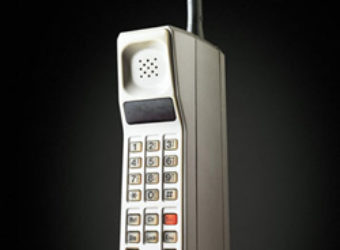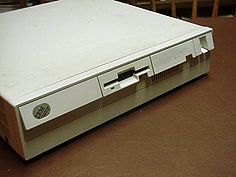April 5, 1995: Security Administration Tool (SATAN) Released
Subscribe! Spotify | RSS | More
1995– The program is called the Security Administrator Tool for Analyzing Networks. But you may call it SATAN. The Perl written program – Written by Dan Famer and Wietse Venema – was released to help network admins find vulnerabilities in their remote systems. There was a lot of controversy over the tool and it’s release, since it was the first user friendly tool.SATAN was never updated since, and has been replaced with: Nessus and SAINT.

Subscribe to Day In Tech History:
RSS Feed - iTunes - Android - Spotify - iHeartRadio
Facebook -
- RSS Bandwidth by Cachefly Get a 14 Day Trial
- Join me on Patreon and support Day in Tech History
- AOL unveils Netscape Navagator v. 6
- Honeywell MicroSystem 6/10
- Apple releases Boot Camp for dual booting Mac






![IBM[1] IBM](https://dayintechhistory.com/wp-content/uploads/2012/09/IBM1-340x250.jpg)












